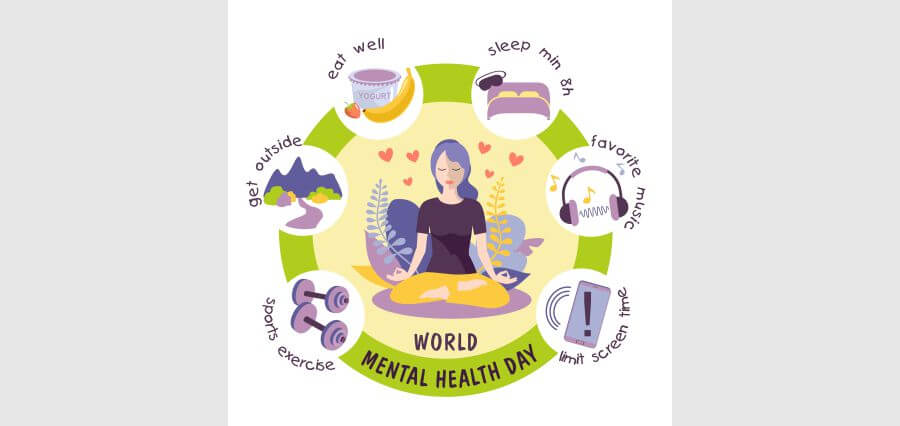Debunking Common Misconceptions
In the context of rehabilitation, leadership proves to be a critical factor for the improvement of patients’ outcomes as well as the performance of the healthcare teams. Nonetheless, a number of concerning myths and misperceptions linger and obscure the true fundamental of what constitutes sound leadership in this essential field.
It is only when the above myths have been interrogated and debunked that there can be a shift to proactive, contextual, and effective leadership practices in the rehabilitation contexts.
The Myth of One-Size-Fits-All Leadership
This is common in many fields of practice including rehabilitation leadership and perhaps the most recurring leadership myth, is that there is an ideal leadership style. As we have seen the above statement could not be further from the truth. The truth is that purposive leaders in rehabilitation are those that have an arsenal of different types of leadership styles and can change from one type to another as the circumstances may warrant.
The secret is being able to know the circumstances and be able to adapt according to the situation. That is why, leaders need to be attentive to the changes in atmosphere, needs of employees and patients, and adapt to them. This might require training in such styles as coaching when training new members of the team or practicing the kind of leadership that puts experience subordinate first while supporting them as the experienced professionals they are.
Beyond Physical Therapy
Here is another popular myth: ‘Rehabilitation’ means physical therapy only. It is a very limited view that does not take into account overall approach towards true rehabilitation. To be certain, physiotherapy is a part of the solution, but rehabilitation entails significantly more than the strictly physical: it asks not only for mental health care, occupational therapy, speech and language services, and social reintegration.
It is up to the leaders in rehab to embrace and support such an extensive mode of practicing. Among these components mental health has been found to have a significant role in the recovery process. The most frequently seen disorders in patients that are treated in rehabilitation centers are depression, anxiety and/or PSTD, which can be treated to have a major influence on the physical improvement rates as well as the overall outcomes.
Problem with the Belief of an Omniscient Leader
There is a belief, which is widespread to this day, that leaders are supposed to know everything, which can be pernicious in the sphere of rehabilitation where new approaches appear constantly. The fact is, leaders who embrace a growth theory, always seek to encourage learning in their employees.
In rehabilitation where new treatment techniques and technologies are frequently being developed leaders who freely state that they do not know everything and who seek out knowledge, set the best example. They always keep their teams active and alert, and always motivate the team members to ask questions and get more education.
Why Emotional Intelligence is Such an Unrecognized Force?
Unfortunately, emotional intelligence remained unrecognized as a key component of leadership for quite long especially in human’s healthcare organizations that highly regard technical skills. But evidence drawn from research reveal that leaders who possess self and social awareness skills perform better in gaining trust, generating loyalty and promoting positive organizational climate.
Specifically, emotionally intelligent leadership is a necessity in rehabilitation where patients’ treatment can be very stressful and fatigue of the members of the health care team is quite possible. The ability to understand patients’ needs and appreciate staff members’ role, control own emotions, and recognize such relationships as relationship dynamics will help leaders facilitate effective support for their staff.
Shooting Holes in the Image of Inaccessibility
Since time immemorial, there has been a myth that rehab services are expensive and very hard to get. It must be noted that even though many rehabilitation programs might be expense, it is also a fact that plenty of inexpensive alternatives are available and the benefits that rehabilitative programs bring to the victim in the longer run tend to offset the initial costs.
Good managers and administrators in the field of rehabilitation do their best to solve the problems related to availability and cost of services. They actively campaign for increased insurance coverage for the rehabilitation services, establishment of community based rehabilitation service, and use of teletherapy which is a way of overcoming geographical barriers.
The Myth of Quick Fixes
Sad but true, today’s world is so fast that people tend to look for a quick fix to a problem. Nevertheless, it seems that in the context of rehabilitation such a myth is especially dangerous. Rehabilitation is generally a slow process, which demands time as well as perseverance from the side of the patient, as from the side of health care givers.
Those in the leadership position to facilitate rehabilitation needs to, therefore, balance between expectation levels and motivation levels in the participants. They also know that it is a process which may have relapses here and there but they do not wane. This way, they transform rehabilitation from a notion ‘fixing’ that instantly changes the patient and their life for the better, to a complex process of ongoing progress so that both the patients and their families can have something to be happy about with each step of the way.
Labor Leadership and Management an Organisational Process
The last myth is the myth About Leadership as an individualistic endeavor. Interestingly, the best leaders in the field of rehabilitation know that you cannot overestimate the importance of cooperation and the broad range of ideas. Obviously, they make an effort to find a lot of talented people from diverse fields and embrace different perspectives in their work.
Thus, when rejecting these myths about leadership in rehabilitation, it is possible to have a more informed approach to team management and patient care and improve the results in this sphere. The much-needed realities of flexible leadership, person-centredness, lifelong learning, assertiveness, as well as accessibility and tenacity for meaningful leadership are the main principles of meaningful organisational leadership in the rehabilitation discipline. You continue to build on the further development of knowledge in these principles which in turn forms the basis for better rehabilitation practice that is more creative, sensitive and effective.










